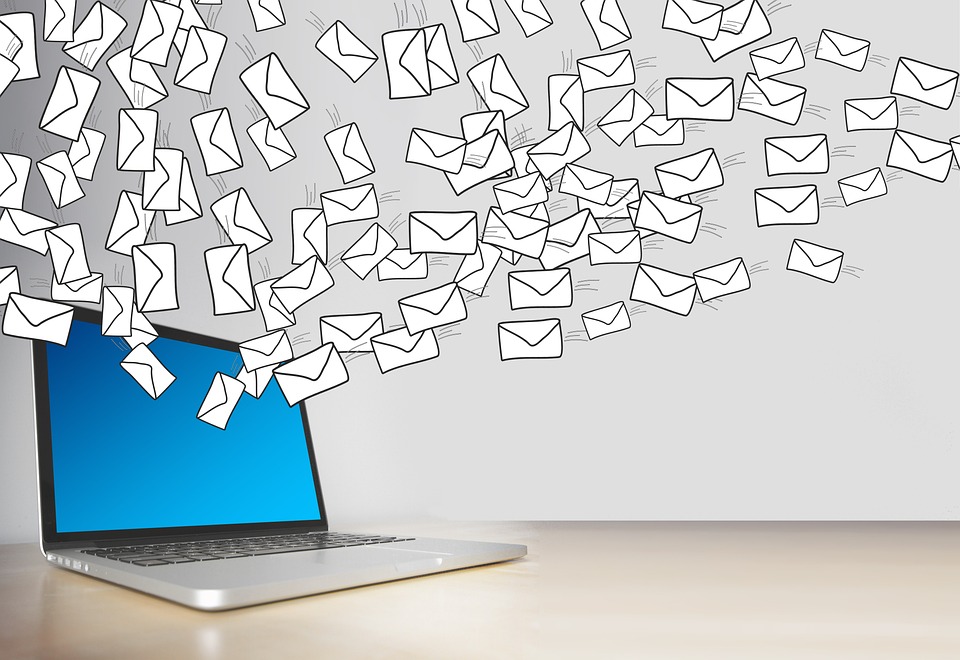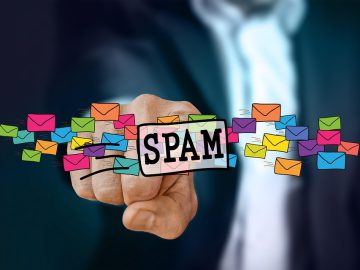Everyone is annoyed with spam (and phishing) in their inbox. It clogs up your inbox, wastes space, and requires unsubscribing and filtering. But did you know you should never delete spam messages? The scammers are targeting and unsubscribing, which could also trigger ransomware attacks. Yes, spam can actually be helpful (as odd as it sounds) when scammers target users by improving the safeguards against it. So, instead of just deleting spam, report it instead to help prevent future problems.
4
Unsubscribing from spam compromises email
Stop verifying your email address and getting more spam
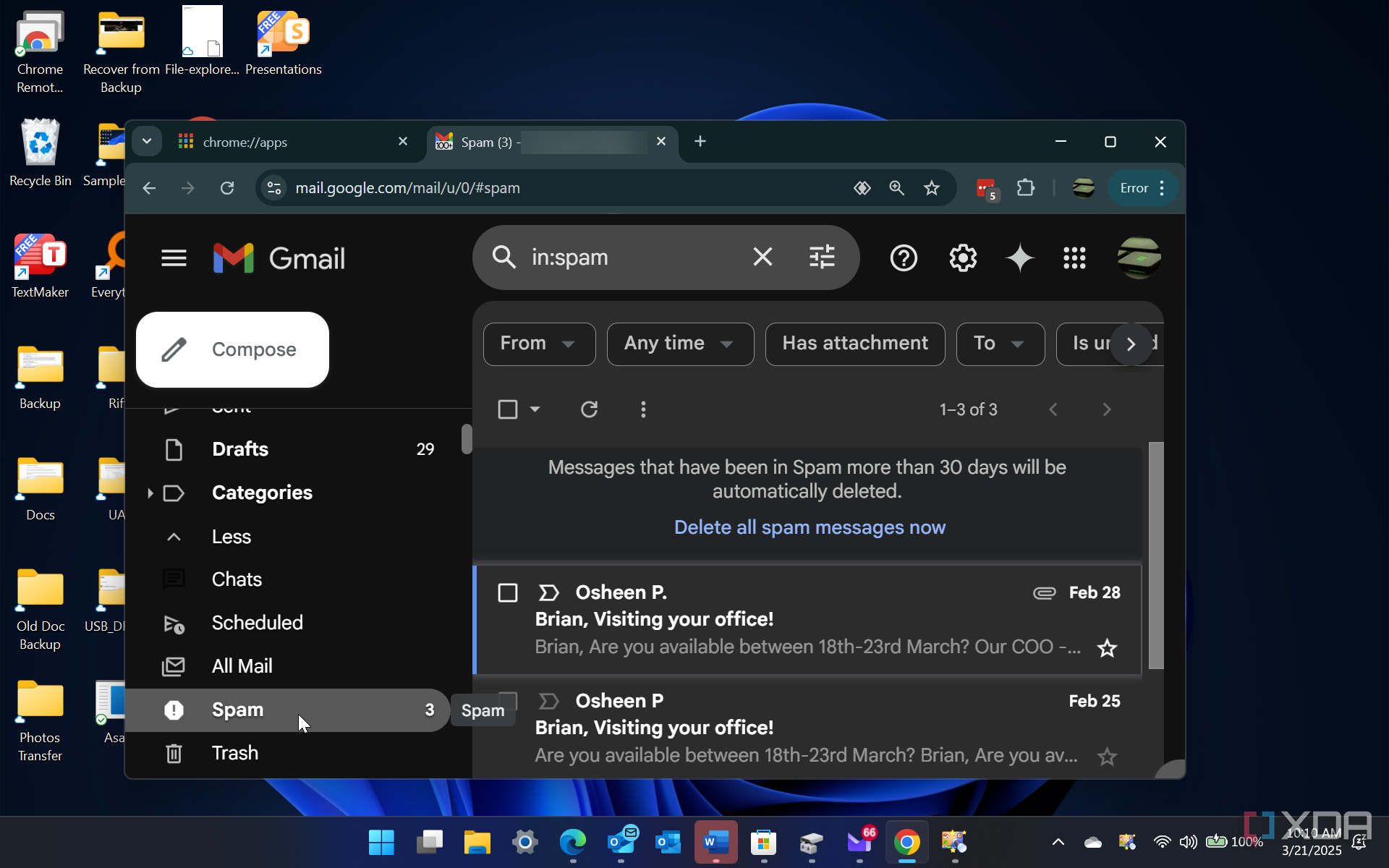
Several email clients offer a way to unsubscribe or block spam content like newsletters. In Google’s Gmail, it might seem like a helpful feature if you don’t want to unsubscribe manually. However, this will inform the sender that your email address exists and is actively managed. It creates the possibility of getting even more spam messages. I used Gmail’s unsubscribe option for a spam message that I continued to receive for weeks straight, and it didn’t stop. While the spammer receives an unsubscribe request, they do the exact opposite. It’s important to mention that the junk you move to the spam folder is typically deleted every 30 days. So, storage space isn’t usually a problem. If your spam isn’t getting deleted regularly, find the setting in your email client or manually delete the content in the folder yourself periodically.

Related
Mac users beware—this Windows phishing scam is coming for you
You really thought you were safe, huh?
3
Keeps a Record for Reporting
Help your IT department track spam
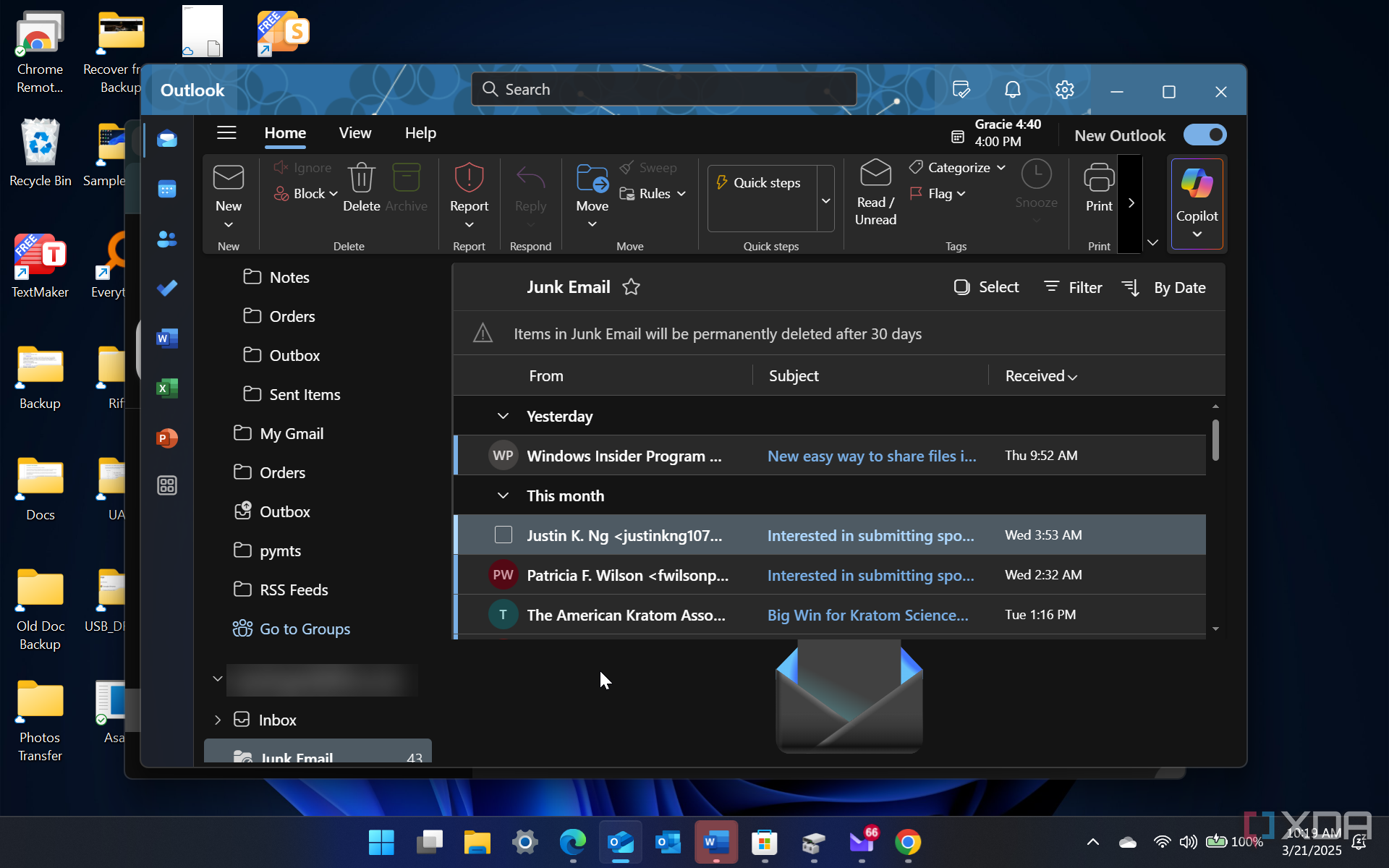
Another reason to not delete spam or phishing emails is for reporting. Your IT department or system admin may want to look through your inbox’s digital record to determine the time and dates when spam was sent. While they can find out a lot about it from the server side, recording evidence or shady messages and tracking your email client’s settings can be helpful if it needs to be reported to providers and folder companies. This could happen when a company is the victim of a ransomware attack.
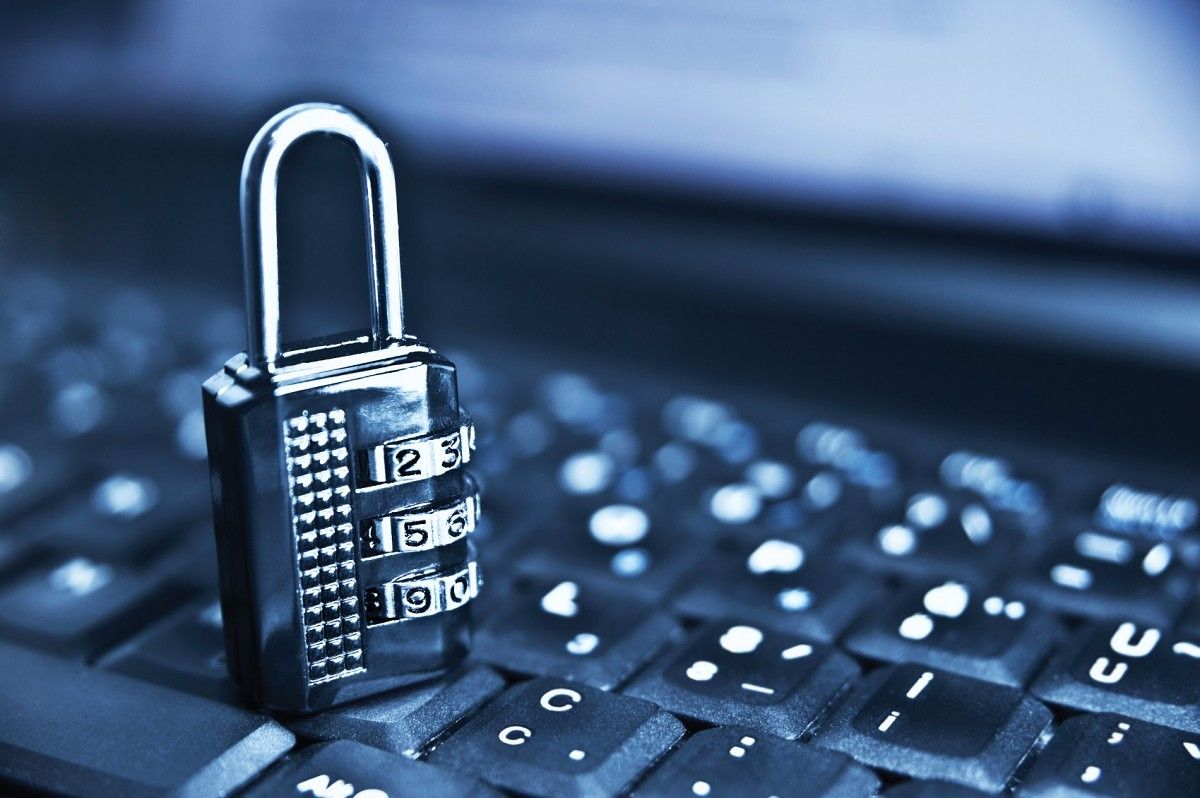
Related
Microsoft Exchange Server users are being targeted by Hive ransomware attack
Companies using outdated versions of Microsoft Exchange Server are being extorted through a new ransomware attack coordinated by Hive.
2
Report email instead
Train your email provider about spam and phishing messages
Most of the major email providers rely on an advanced filtering system to get better at what spam and phishing emails are. If you have unwanted emails, the learning process is essential. You can report unwanted emails as phishing or junk to train your inbox to filter them better in the future. Using a dedicated email client like Thunderbird or the Outlook app on Windows, you can manually mark messages as junk or phishing. Taking the time to do it trains the email software’s spam filter, leading to fewer future spam messages.
The option to report spam using web-based email varies based on your service. However, many have reporting features. You can also tick multiple messages and send them directly to the spam or junk folder.

Related
I don’t use Outlook, Spark, or Canary on Windows, I use this open-source email app instead
The unexpected email app that replaced Outlook on my Windows PC
1
Disable message image loading
Don’t allow the mothership to know you opened an email
Not loading graphics and images is essential in reducing the security risks from spam. If you don’t disable remote images from loading into your email messages, it sends a message to the message’s source, letting them know you opened it. Even if you don’t interact with the message, the scammer will know you opened it. That signals the offenders to send you more annoying spam and potentially malicious content. Luckily, turning the images off is easy for most email providers, and if you need to see the image content, you can click the load button.
In the Outlook app on Windows, open Settings -> General -> Privacy and data, and under the “External images” section, select: Don’t use the Outlook service to load images.
In Gmail, open All Settings -> General -> Images and select Ask before displaying external images. Scroll to the bottom of the page and click the Save Changes button. Otherwise, it won’t work.
If you use the privacy-focused Proton Mail, head to All Settings -> Email privacy and toggle off the Autoshow remote images switch.
Note that the process for enabling this security setting may vary depending on the email service you use. However, the steps are similar throughout the email ecosystem. The above steps will give you an idea of what to look for.
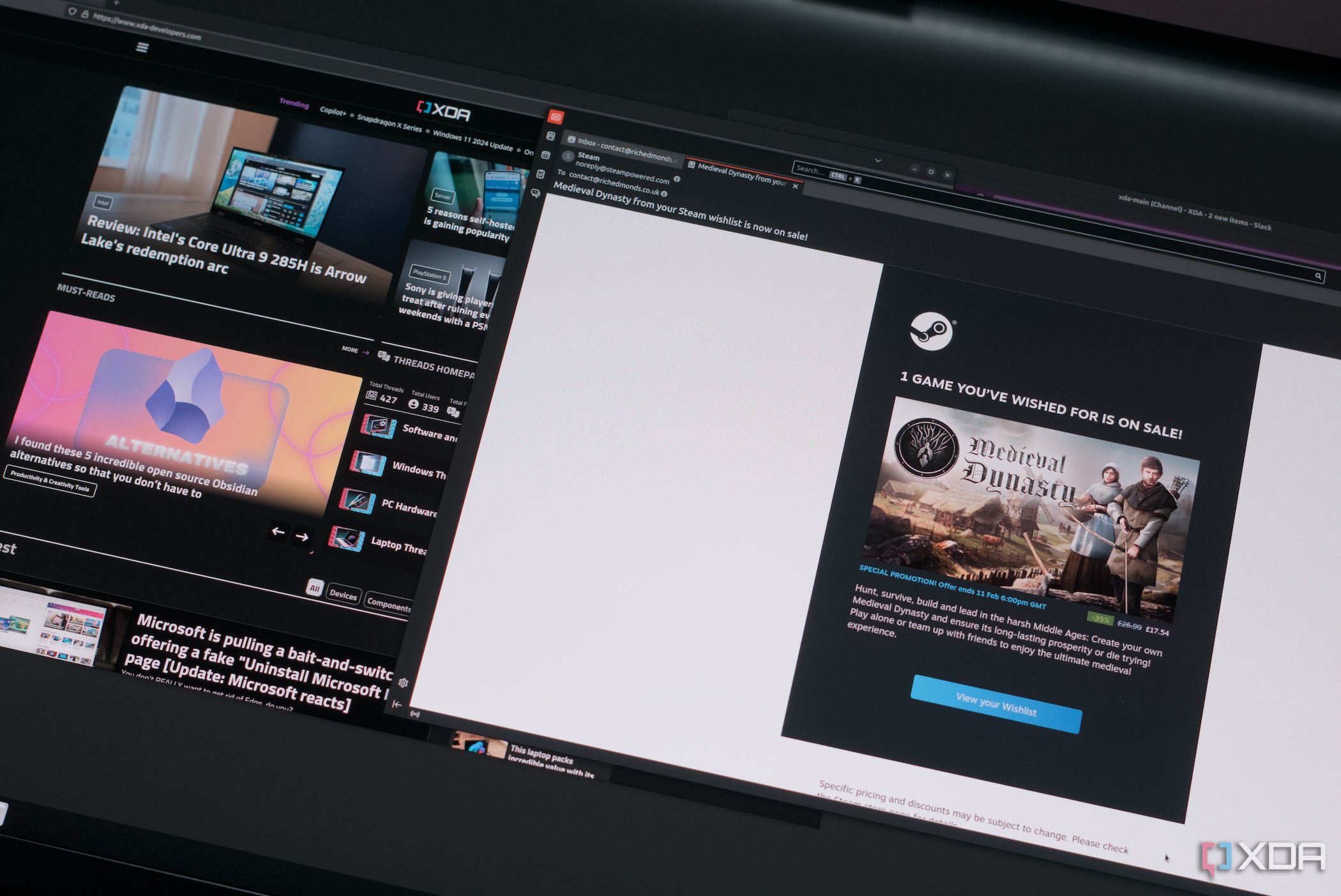
Related
6 things you’ll need to set up your dream self-hosted email server
Get your own email server up and running.
The constant battle over spam in your inbox
The fight with spam in your email seems to have been going on since email has existed. However, if you don’t just delete spam or phishing messages and report them instead, you stand a better chance of not seeing them in your inbox. It may still fill your spam folder, but at least you won’t have to deal with the frustration of moving out of your inbox.
Other essential precautions to take regarding spam and staying safe from phishing exist. Be suspicious of any messages you did not expect to receive or know the sender, especially those with attachments. Be suspicious of emails that want an urgent response or ask for sensitive info like account numbers. Never follow links in emails. For instance, when I get a verifiable and known safe email from my band or doctor, I never click the links; I open a browser and type in the URL directly. Finally, we should all know this by now, but you’d be surprised, so it bears repeating — don’t open email attachments for dubious emails.
Unfortunately, after all these years, there still isn’t a way to never get spam in your inbox. However, by not deleting spam and reporting it instead, you train your email client to know what should and shouldn’t be in your inbox.

